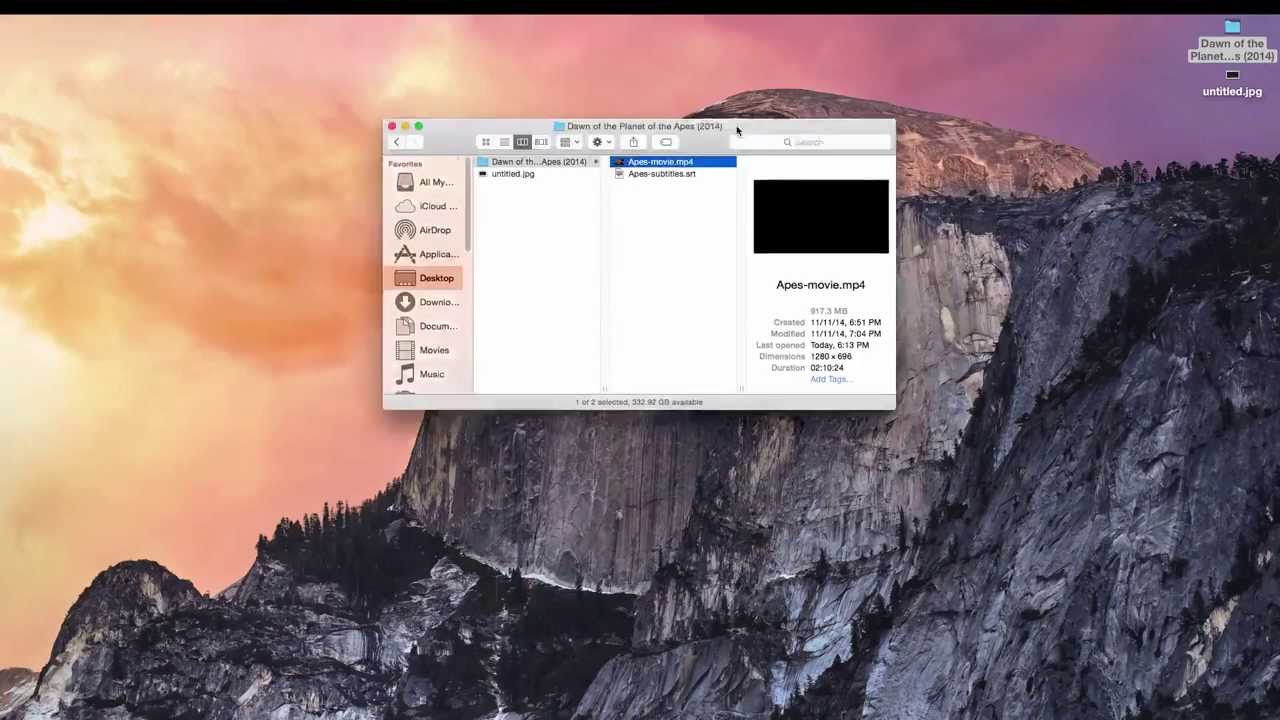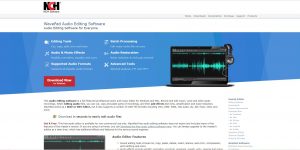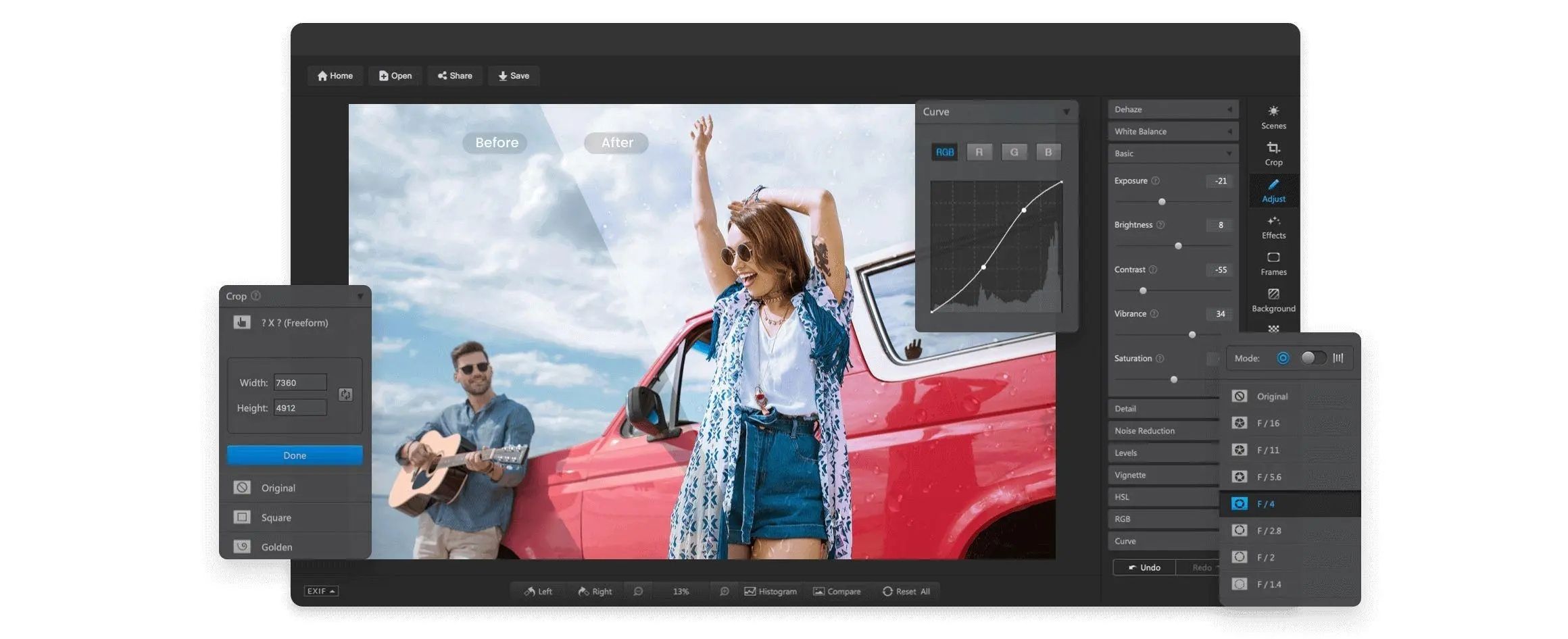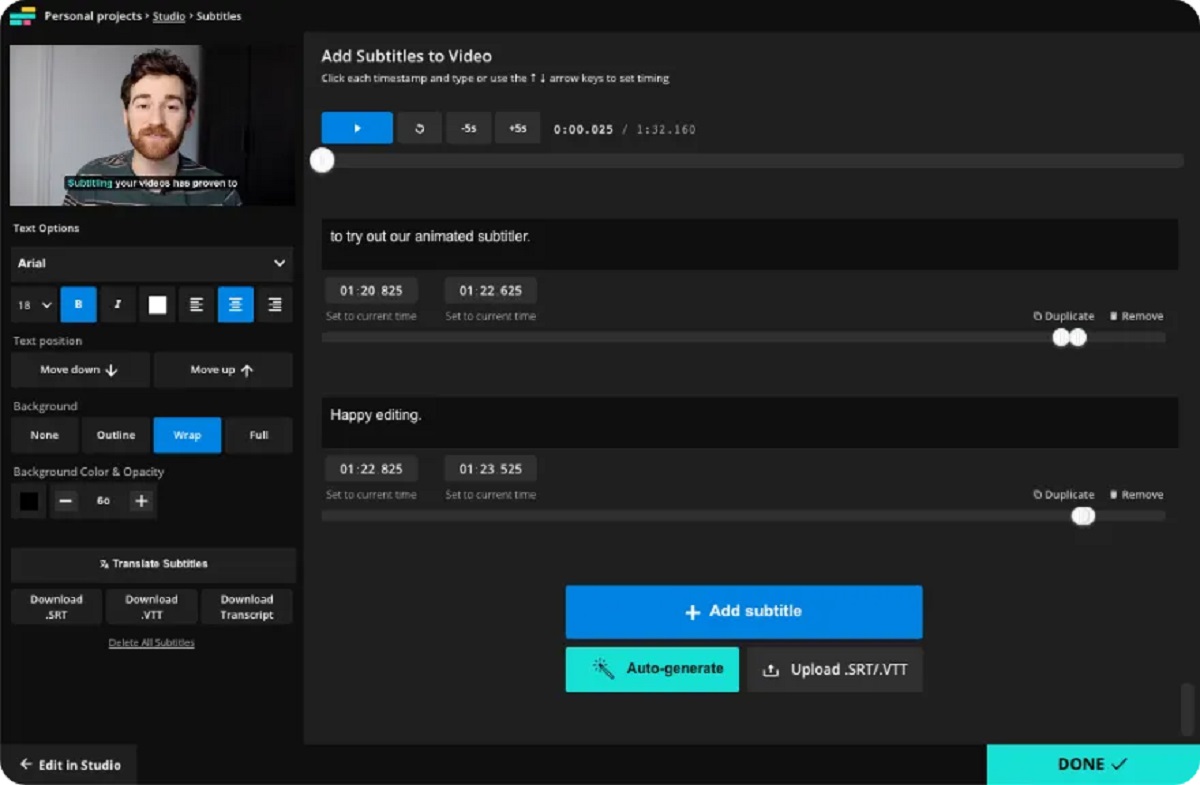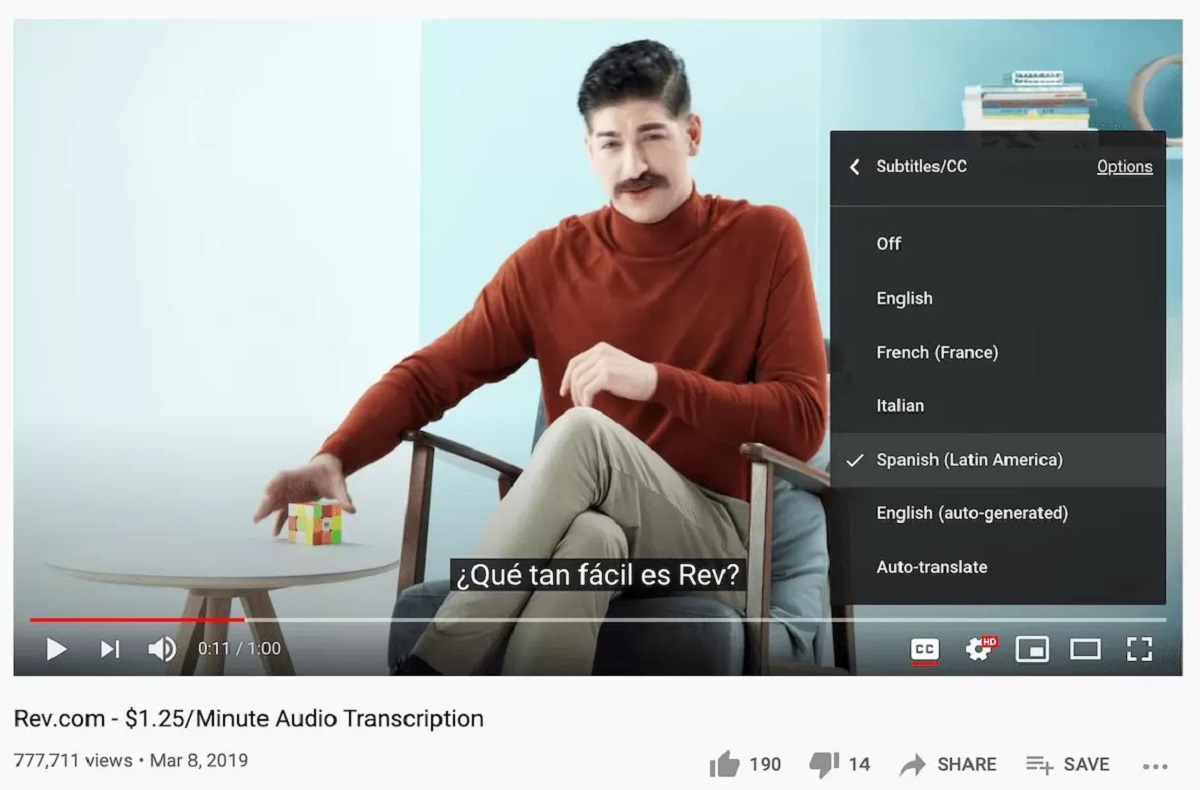The best audio editor will help you create the best results for your audio projects. Many types of technology carry audio editing features. However, audio editors are created specifically for audio editing. With it, you can trim audio content, add special effects, create sound mixes, and convert files. All of these functions impact the quality of your creative projects for the best quality music, podcasts, or blog content.
Join us as we explore some of the best audio editors in the market to help you create the best audio clips for any project.


What Is an Audio Editor?
An audio editor is a software that allows users to visualize and manipulate audio data. Audio manipulation involves a few key steps, starting with displaying the audio data in waveform, a digitized recreation of sound patterns over time. Waveforms normally appear to us as moving graphs in a digital environment. Audio editors contain all the tools that you could need to edit those waveforms to fit into the requirements of your audio project.
It used to be that music editors had to rely on their own hearing to mark the sections of audio that needed editing. But with the advent of audio editors, users can see everything in waveform. Over time, audio editors have also become more versatile and can do so much more than ever before. Nowadays, artists can create entire songs off of artificial sounds and audio editors. Besides that, it’s also helping to surpass the natural boundaries of acoustic recording. Should you happen to be a hardcore music lover, you might want to check out this list of the best music downloaders to help you quench your thirst for new music.
10 Best Audio Editor to Help You Create Quality Tracks for 2021
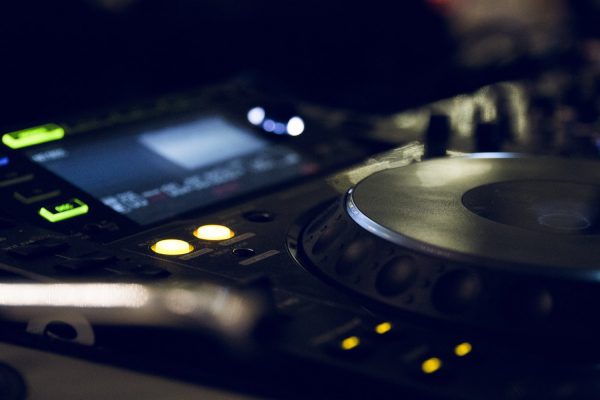

There are many audio editors in the market, and each of them has its own advantages. Some take on a straightforward approach with simple editing tools. Others take on a more comprehensive approach and carry advanced tools for professional editing. The software also varies in terms of pricing, as some are free while some aren’t. In any case, here is a compilation of the best audio editors that you should know about:
1. Audacity
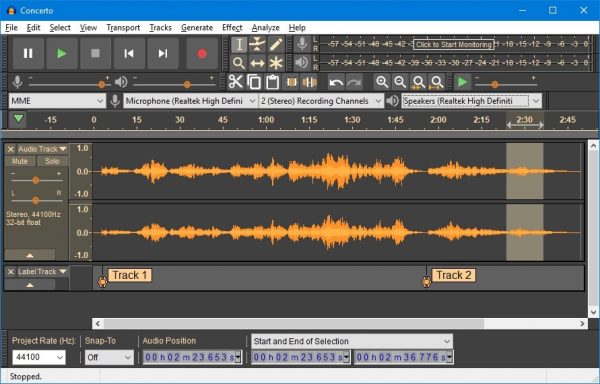

Audacity is a free open-source audio editor. It offers a simple way to upload and edit pre-recorded files. It also features basic tools that let you cut and paste and delete portions of the original track. You can also upload multiple files, split them apart, then put them back together. You can also merge separate tracks together. An example would be mixing a voice file with background music.
It also contains an audio equalizer that isolates specific frequencies. It also features an audio mixer that helps you control different levels of input. They also offer effects that you can overlay to your audio. Examples include an amplifier, compressor, noise reduction, and reverb. There’s also a sound analysis feature that shows you the frequency changes to sounds. The sheer number of features makes Audacity a top player, and the fact that it’s free only makes it better.
Visit Audacity Official Website
2. Ocenaudio
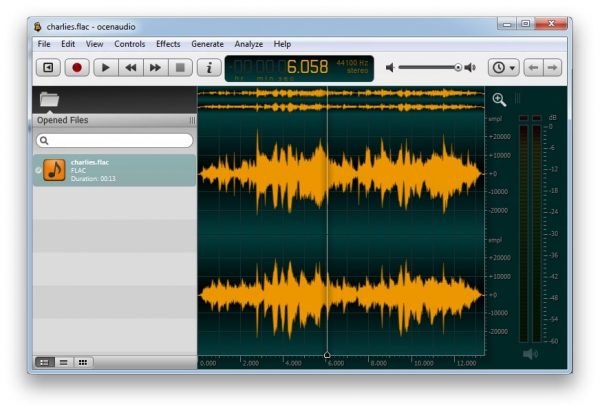

Ocenaudio is another free and open-sourced audio editor. It allows users to record files straight from the software. You can also upload pre-recorded files. Other than the standard waveform view, this software also features a spectrogram view. This lets you analyze the spectral content of your audio. It also has the ability to take in large files due to an advanced memory management system.
Audacity features large variety of filters and effects for professional editing. Each time you apply an effect, the software lets you hear the effect as a form of trial. The selected portion of the audio also appears on a miniature panel where you can edit it in greater detail. Another feature allows you to select sections of audio to listen to or to apply effects on the software. Ocenaudio is available on all platforms including Microsoft Windows, macOS X, and Linux.
Visit Ocenaudio Official Website
3. Ashampoo Free Music Studio 2019
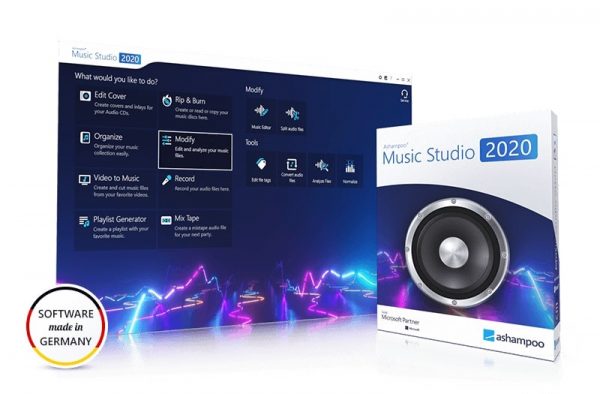

Ashampoo Music Studio is another example of a feature-rich audio editor. It offers mechanisms for organizing and labeling your audio files. It also accepts a wide selection of audio formats for basic editing. With it, you can convert video into audio files and audio to different formats. Examples of audio formats include MP3, OGG, WAV, and FLAC among others. It also has built-in design tools to allow you to create your CD covers in-app.
In terms of file editing, you can edit the track, delete portions to reduce the length of a particular track. You can also split some of the tracks into separate portions to create your own. Another feature lets you create mixed tapes and experiment with new sounds. Ashampoo Music Studio 2019 is a Windows-only software and is compatible with Windows 7, 8, and 10.
Visit Ashampoo Official Website
4. Audiotool
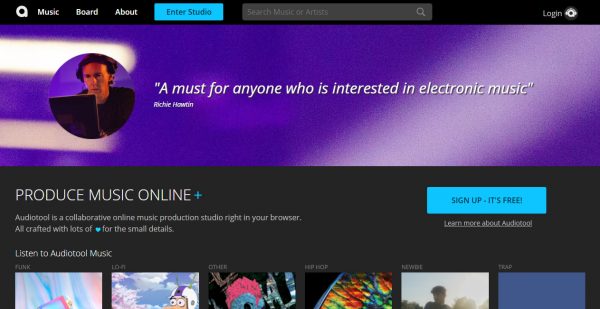

Audiotool is another free audio editor that lets you create and edit music tracks. The program is meant to be an in-browser platform which means you can only access it online from any web browser. You can also use a Chrome plug-in to access the software, but that may not be necessary. Like Ashampoo, Audiotool is also able to record audio. It also accepts a variety of pre-recorded audio formats.
The software has a large collection of royalty-free digital samples that you can use. It also features a bunch of digital instruments to help you create unique sound clips. You can also create a MIDI controller. This is a tool necessary for controlling and sequencing virtual instruments. Other tools include synthesizers, drum machines, mixers, reverb, and much more. Audiotool is compatible with devices that run on Windows, macOS, and Linux.
Visit Audiotool Official Website
5. Acoustica 7
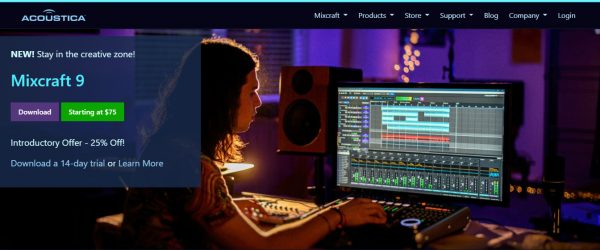

The latest edition in the Acoustica series is another one of the best professional audio editors available. This series has two editions: a premium edition and a standard edition. Both editions offer the basic/intermediate functions that most audio editors offer. Both editions also feature their own recorder with timers for real-time recording. Finished files can then be saved as standard file formats compatible with streaming software and devices.
One of the things that the software excels at is audio cleaning and restoration. One resembles more a general cleaning for the whole file to remove unwanted noises like crackles, clicks, hissing, and more. The other is a special mode called spectral editing which allows for a very detailed editing process. This mode lets you hone in on particular sections of the file that are particularly garbled or noisy. This mode also lets you isolate sections not only based on time but also frequency.
There’s another feature called the Remix tool. This feature can split a complex piece of audio into five stems and then mix up those sections in real-time. It also features a selection of tools for real-time audio analysis. These include loudness metering, true peak level metering, and spectrum analysis.
Acoustica is a subscription-based service. You can download the software for free, and the first 30 days will be free. After that, though, you will be requested to start on a subscription.
Visit Acoustica Official Website
6. Wavepad Sound Editor
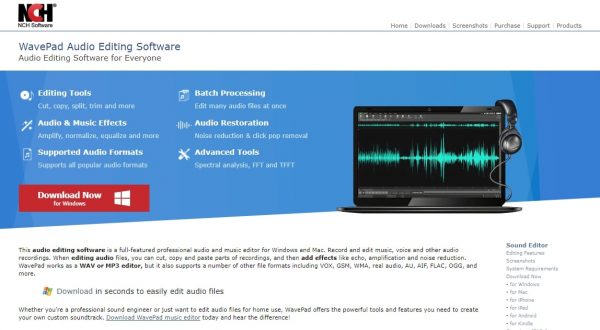

Wavepad is a simple but robust audio editor from a company called NCH. The software is actually a premium, subscription-based product. The software has an easy-to-use interface that anyone can understand. It also features a complete set of tools for basic editing. With these tools, you can cut, paste, duplicate, and delete sections of audio files. After that, you can add effects like reverb, chorus, and more to the audio.
The software allows multi-level editing where you can upload and edit multiple files at the same time. The software also has file burner capabilities, allowing you to create copies of CDs and convert them into other file formats. You can also export audio in different audio formats. This includes the basic set of formats such as MP3s and FLAC. The software also supports lesser-known formats like audio, AU, and OGG. The software also features its own tool for analyzing audio files. Wavepad is compatible with devices that run on Windows, macOS, and Android devices.
7. Power Sound Editor Free
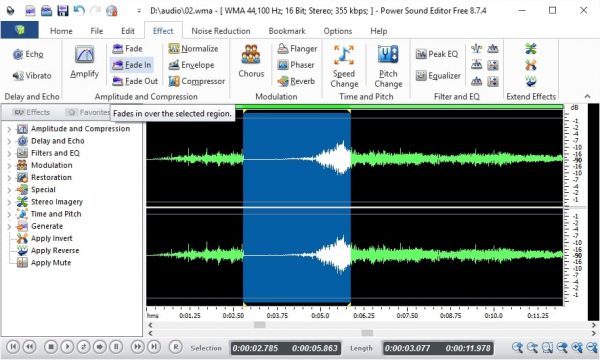

Power Sound Editor is another popular and straightforward audio editor. It’s Windows’ take on audio editing and complements the video editor called PowerDirector. This software also functions as a recorder and allows you to record music or your voice using any output device. It also features audio-editing options with which you should be able to copy, paste and delete.
It also features special effects such as reverberation, fade-in and fade-out, speed changes, and more. Included in its basic editing tools is the ability to filter out unwanted noise in audio files. There’s also a CD burner function that lets you copy entire contents of CDs. It also supports file conversion into standard file formats and experimental file formats. Power Sound Editor is free software and is compatible with devices that run on Windows, macOS, and Linux.
8. Adobe Audition CC
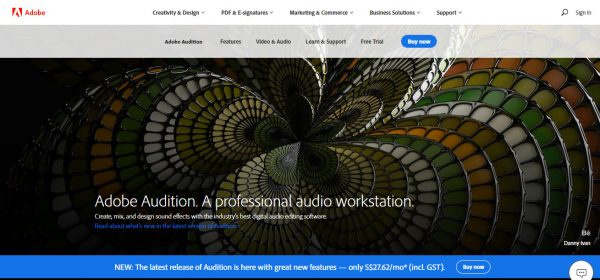

Adobe Audition CC is a comprehensive audio editor and subscription-based service. This software features two ways to view your audio data: waveform and multitrack view. The waveform format is for editing stereo tracks. Meanwhile, the multitrack view is for editing multiple tracks at once. Here you can drop different tracks such as voice audio and music you intend to use as background.
When it comes to basic editing, you can start off with the spectral frequency editor. This lets you do basic tasks like cutting, pasting, copying, or deleting sections of audio. They also feature an archive containing thousands of royalty-free clips. You can also compile your favorite and commonly used tools in a special section called Favorites.
There are also two new features to the latest version of Audition. These include a DeReverb tool that removes reverberation. There’s also a DeNoise tool that removes the hisses and hums from existing files. Both of these features are supposed to automate noise removal. But you’re going to need to familiarize yourself with a few parameters to make it work.
Another thing that Audition excels at is post-production. At the heart of post-production is a tool called Remix. This tool automatically cuts new versions of songs based on your selected parameters. For example, you can configure it to prioritize aspects like harmonization or rhythm. Another post-production tool is called batch processing. This feature lets you execute tasks in bulk, such as matching up audio or analyzing frequencies.
Audition is a subscription-based service with monthly or annual plans to choose from. Adobe Audition CC is compatible with devices that run on Windows 10 64-bit and Macs running macOS 10.12 or later.
9. Soundtrap


Soundtrap is a cloud-based audio editor created by Spotify. The software is directly aimed at content creators who post their content on Spotify. And if you love Spotify, you’ll probably want to know how to download music from the popular web program. Nevertheless, anyone else who isn’t on Spotify can use the software as well. The software is web-based, which means that you can open it via any web browser. It also features its own recorder for real-time recording.
The software comes replete with the complete set of tools for basic editing. There’s also a large database of royalty-free audio clips to add to audio files. But its most notable feature is scripted sound editing. With this feature, users simply need to delete words out of an automated script. Then, any deletions you make to the script will also be reflected in the audio. This particular feature also lets you share the file with other people for collaborative editing purposes.
When you reach the end of the editing process, you can use a master chain to normalize the audio. Another feature helps you package the file in a way that it quickly appears on Google search. It might also help your content rank high on SEO readings. On top of everything, subscribers get unlimited cloud storage for all of their sound files. Soundtrap is a subscription-based service. Soundtrap is compatible with devices that run on Windows and macOS. It’s also compatible with specific devices such as Chromebooks, Android phones, and iPads.
Visit Soundtrap Official Website
10. FL Studio
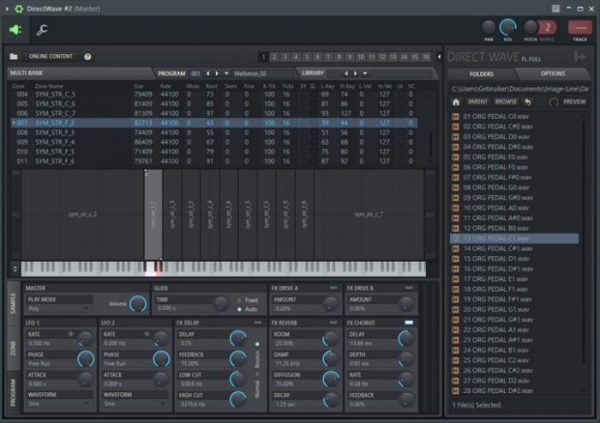

FL Studio is a premium audio editor popular for its use in electronic music production. There are four versions of the software: Fruity, Producer, Signature, and All Plugins Bundle. The options are ladderized, which means that the higher you go on the options ladder, the more features that you get. But what they have in common is that they all allow you to use plugins and instruments to create your own tracks. Any subscription also amounts to free lifetime updates for your software.
The one thing that FL Studio excels at is providing the user with a space to create dance music or electronic mixes. It features a broad selection of royalty-free electronic sounds that you can mix up. It also features a wide selection of lug-in effects organized by category. Examples of categories include amplification, reverb, distortion, new tone, and more.
There are two options for editing the waveforms: manual and automatic. The first lets you modify the pitch by manually dragging the notes up and down the scale. The other lets you view advanced options when editing individual notes. With this, you can modify the volume, pitch, and pitch variation for each note. There’s also an FPC tool that lets you drag audio samples to the pads on the screen. The software also accepts third-party plug-ins to allow you to do even more things with the software. FL Studio is premium software that you can purchase through a one-time payment. It is compatible with devices that run on Windows and macOS.
Visit FL Studio Official Website
How Do Audio Editors Work?
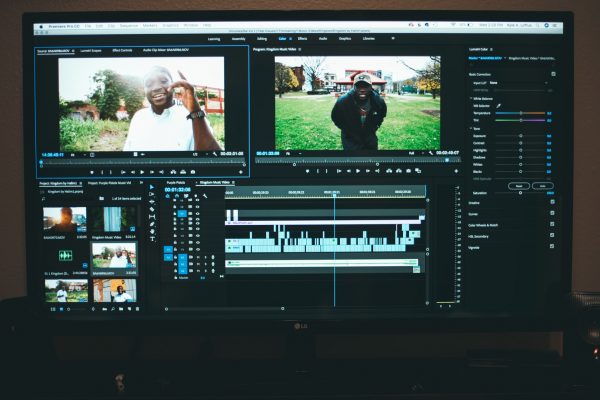

The key factor in audio editing is the ability to view and edit files digitally. Editors are given the ability to view all the data in a waveform. But more importantly, they provide the tools to edit waveforms at a detailed level. Audio editors let you trim audio files down in terms of size or merge separate audio files together. Besides that, it’s also possible to adjust natural components of the original file such as volume, pitch, and frequency.
Most audio editors are also able to compress files and then convert them into other file formats. These files normally come in the form of uncompressed waveform audio (WAV) format. WAV is a raw file format, which means that it in its editable state and also takes up a lot of space. File types such as these need to be converted into a final form that can no longer be edited and also converted in a way that takes up less space. This is what compression and conversion are for, and the end result is the final copy of the audio in lossy or non-lossy formats.
Destructive vs Non-Destructive Editing
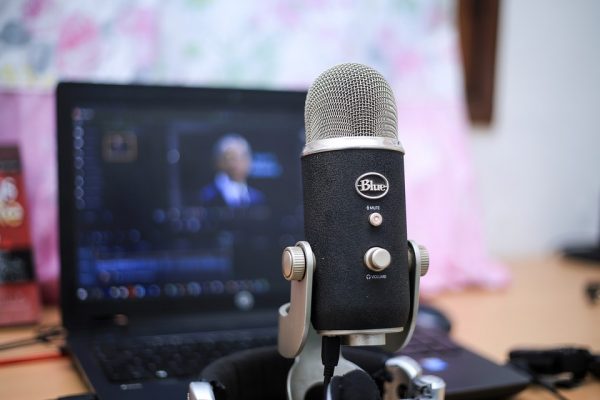

The changes that you make to an audio file during the editing process are reflected in different ways. If the original file is altered and reflects changes on a permanent basis, then this is what is known as destructive editing. Destructive editing comes with certain advantages, including that changes to volume and processing are immediately reflected into the waveform. It also makes it possible to apply an unlimited number of effects to the original file.
On top of everything, it also makes the export process much simpler since the file is lighter in terms of data content. In contrast to destructive editing is what is obviously called non-destructive editing. As opposed to destructive editing, this allows for the creation of multiple variations of the original file without affecting the original copy. This also allows you to take sections from multiple sources and then piece them together into an original, experimental file.
Final Thoughts on the 10 Best Audio Editor Programs for Your Audio Projects


It’s not easy to spot the best software for audio editing, especially since you can’t demo all the options. But the important part is that you know exactly what your audio editing needs are and the tools that can get you there. When you make a choice, it doesn’t have to be the most expensive, and neither do you need to be an expert at audio editing.
But the general rule is, the more detailed editing the software can do, the better. This will allow you to have more control over the data for higher quality results. Nowadays, there are already many options available and any of them should be able to handle the creative requirements for multiple types of audio projects. If you found this article useful, you might also enjoy reading our list of the best noise-canceling headphones.









